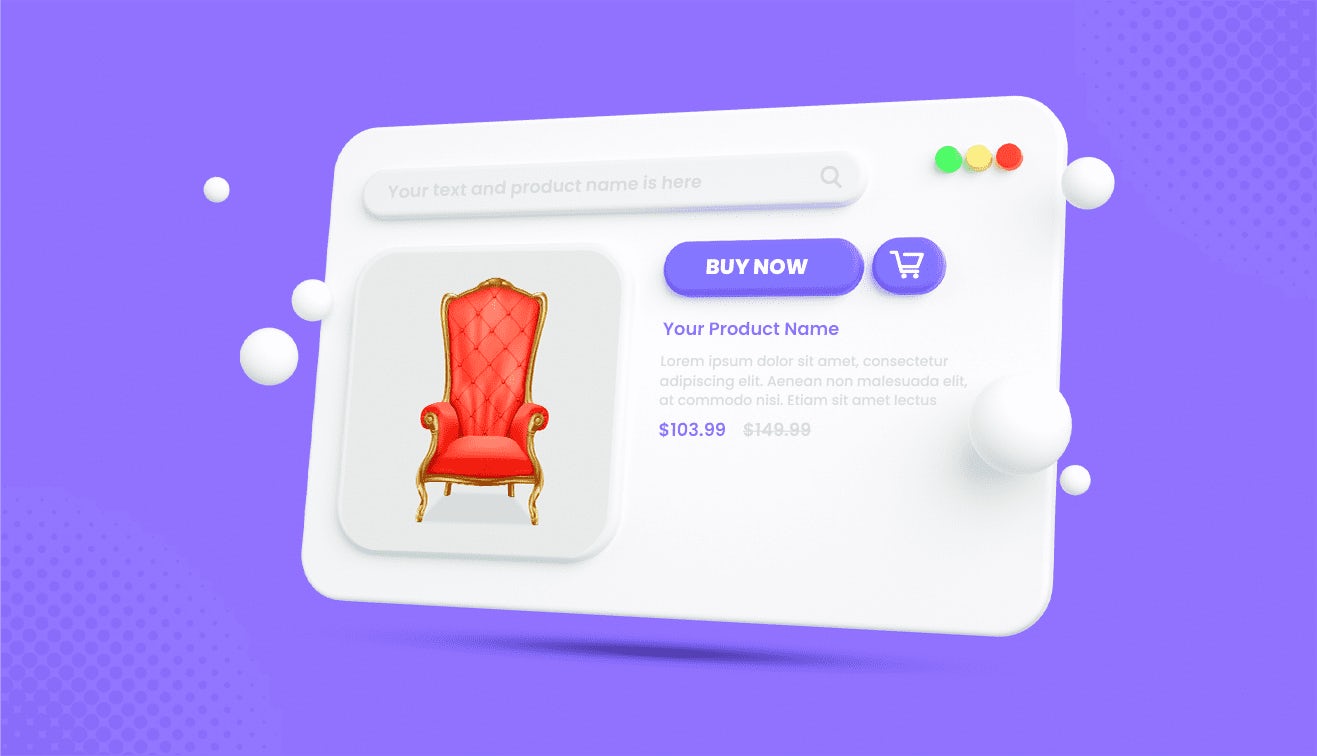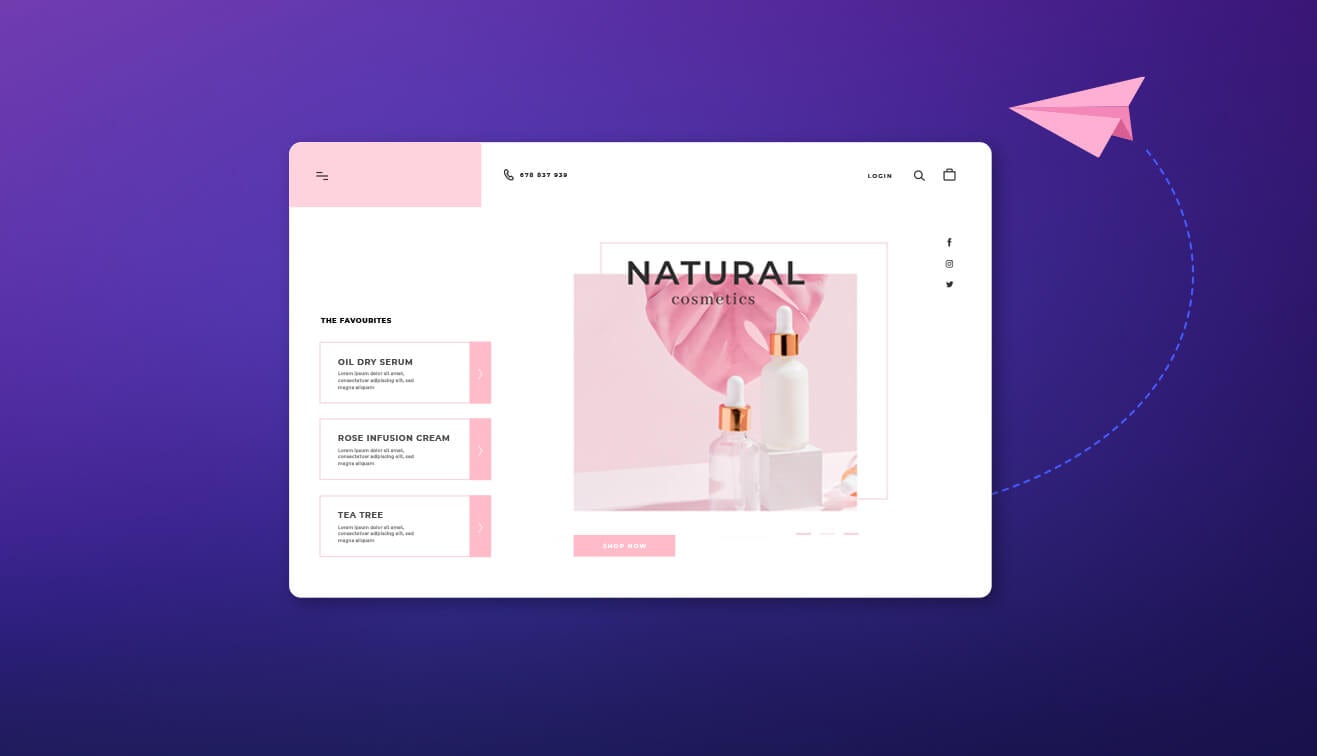B2B commerce retailers often face significant content management challenges, especially when scaling operations and ensuring a seamless customer experience across trade portals, digital storefronts, and product catalogues. A traditional content management system (CMS), which typically combines both the backend (content repository) and frontend (presentation layer), is limited in its ability to provide flexibility, particularly in B2B environments where operations are complex and demand scalability. This is where the power of a headless CMS comes into play, offering a solution that aligns perfectly with the unique needs of large-scale B2B commerce.
Why traditional CMS is problematic for B2B commerce retailers?
B2B commerce is characterised by intricate operations that differ from B2C models. B2B websites often need to manage vast and evolving product catalogues, custom pricing models for different clients, and trade-specific taxonomies that require constant updates and localisation for different markets. In addition to this, B2B buyers expect personalised, seamless experiences across various touchpoints—from trade portals to mobile apps, all while maintaining a unified brand voice and content structure.
Traditional CMS platforms struggle to keep pace with these demands. Because they tightly couple content and presentation, any changes in the front end—such as adding a new digital storefront, a mobile app, or integrating with third-party solutions—often require developers to work on both the backend and frontend systems. This creates bottlenecks and slows down time-to-market, making it hard for B2B retailers to be agile in a competitive landscape.
Take, for example, a company managing a product catalogue across multiple regions. A traditional CMS would force developers to build customised templates and layouts for each market, resulting in higher development costs and more time spent managing multiple versions of the same content. This is cumbersome in environments where large teams manage a vast amount of content, requiring coordination between content creators, developers, and marketing teams.
What is Headless CMS Commerce? Read here.
The benefits of headless CMS for B2B issues
Headless CMS architecture directly addresses these pain points by decoupling content management from presentation. In a headless system, the content repository remains independent of the front end, allowing B2B commerce retailers to manage content in a way that’s more flexible and scalable.
Here’s how it solves core operational issues:
- Content flexibility across platforms: In a B2B setting, customers may access product data through a variety of digital touchpoints—trade portals, mobile apps, IoT devices, and more. A headless CMS enables content to be pushed to any platform via an API, meaning that retailers don’t need to redesign the backend when launching a new customer interface. This is particularly useful for B2B retailers dealing with product catalogues that need to be displayed differently across various markets or buyer segments, while still pulling from the same central repository. 52% of IT teams view headless CMS as the future of CMS technology, highlighting its potential for enhancing omnichannel customer experiences and fostering innovation.
- Scalability for large product catalogues & dynamic taxonomies: B2B commerce often requires complex product data management, with tens of thousands of SKUs, detailed technical specifications, and varying pricing models based on customer contracts. A headless CMS’s architecture supports dynamic content delivery, where product data, pricing, and custom taxonomies can be updated centrally and propagated across all digital channels in real-time. The decoupled nature allows retailers to scale effortlessly, even as they expand their operations, add new products, or enter new markets.
- Streamlined operations & faster time-to-market: By decoupling the front end from the backend, B2B retailers can focus on updating content without disrupting the user interface. Developers and content managers no longer need to collaborate on every minor change. For example, updating product descriptions, localisation data, or sales promotions can be done independently by the marketing team through a centralised content repository. Meanwhile, developers can focus on improving the customer experience across digital touchpoints without concern for content management. This level of agility is vital for B2B companies operating in fast-paced industries where being first-to-market is often a key competitive advantage.
- API-first approach for seamless integration: B2B commerce retailers depend on a variety of third-party tools, such as CRM systems, ERP solutions, and marketing automation platforms, to manage customer data and streamline operations. A headless CMS’s API-driven structure makes integration with these external systems easier. For instance, integrating a headless CMS with your B2B commerce trade portal enables synchronised data flow, ensuring that content updates reflect across all platforms and improve operational efficiency.
- Enhanced security & user management: With a headless CMS, B2B retailers can implement more sophisticated authentication and authorisation mechanisms. This is crucial for organisations that require fine-grained control over who can access specific content, especially in trade portals where sensitive pricing or customer-specific data might be displayed. Features like Single Sign-On (SSO) and role-based access control (RBAC) are easier to implement in a decoupled architecture, providing greater security and operational control.

































































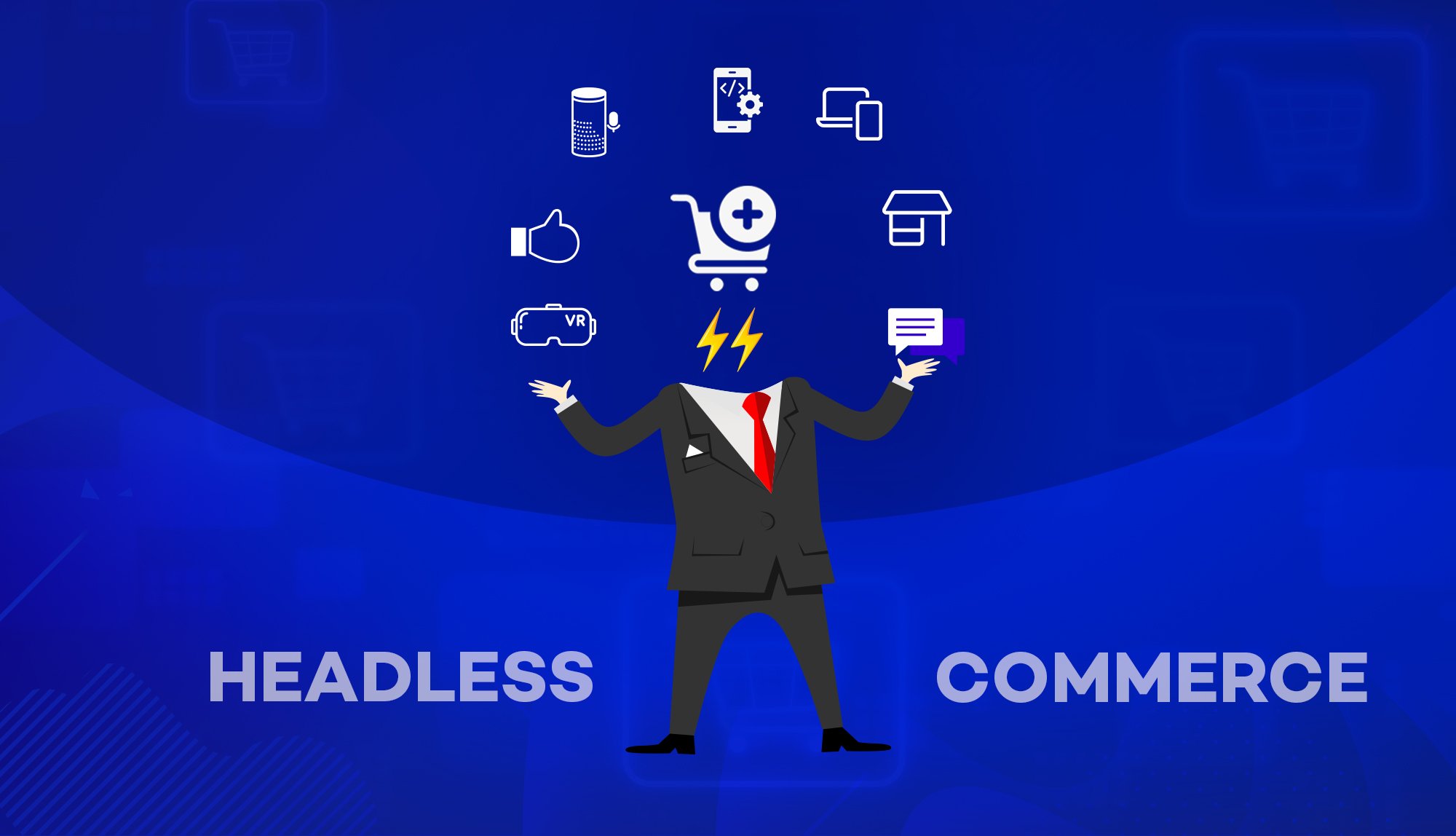
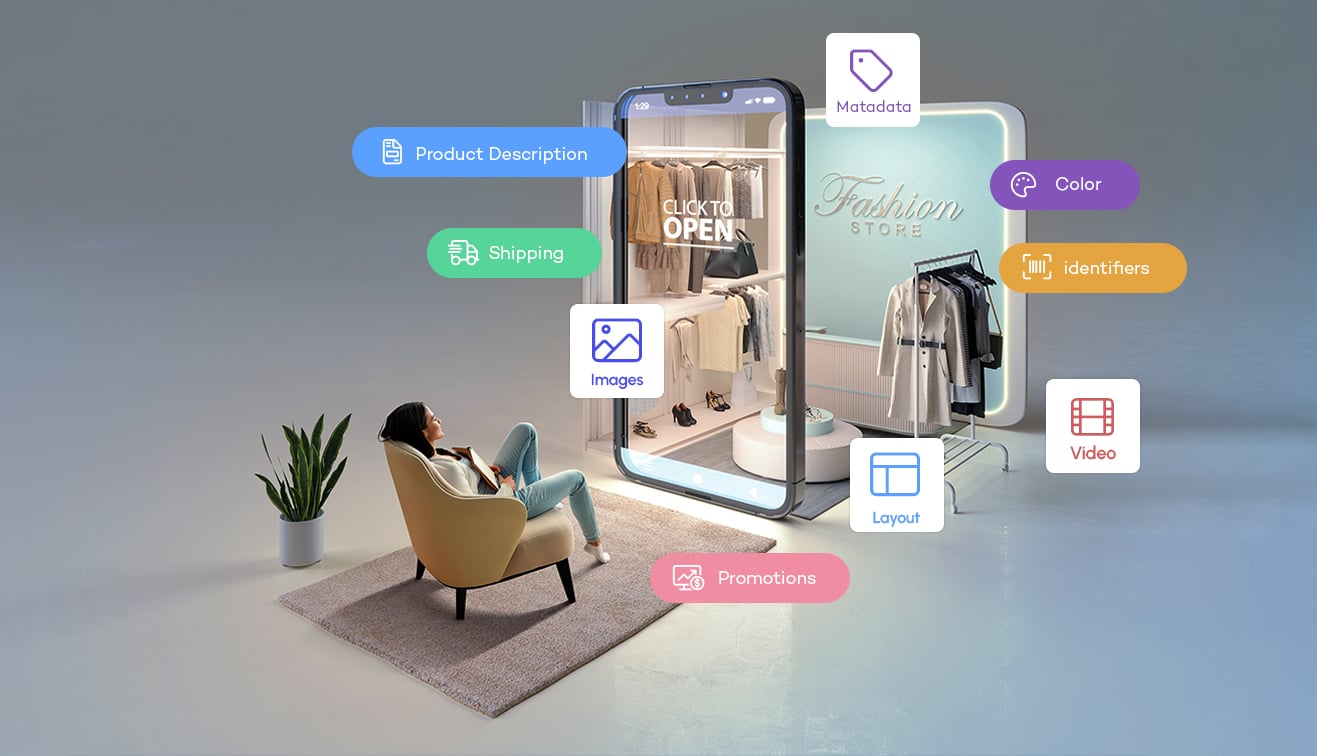



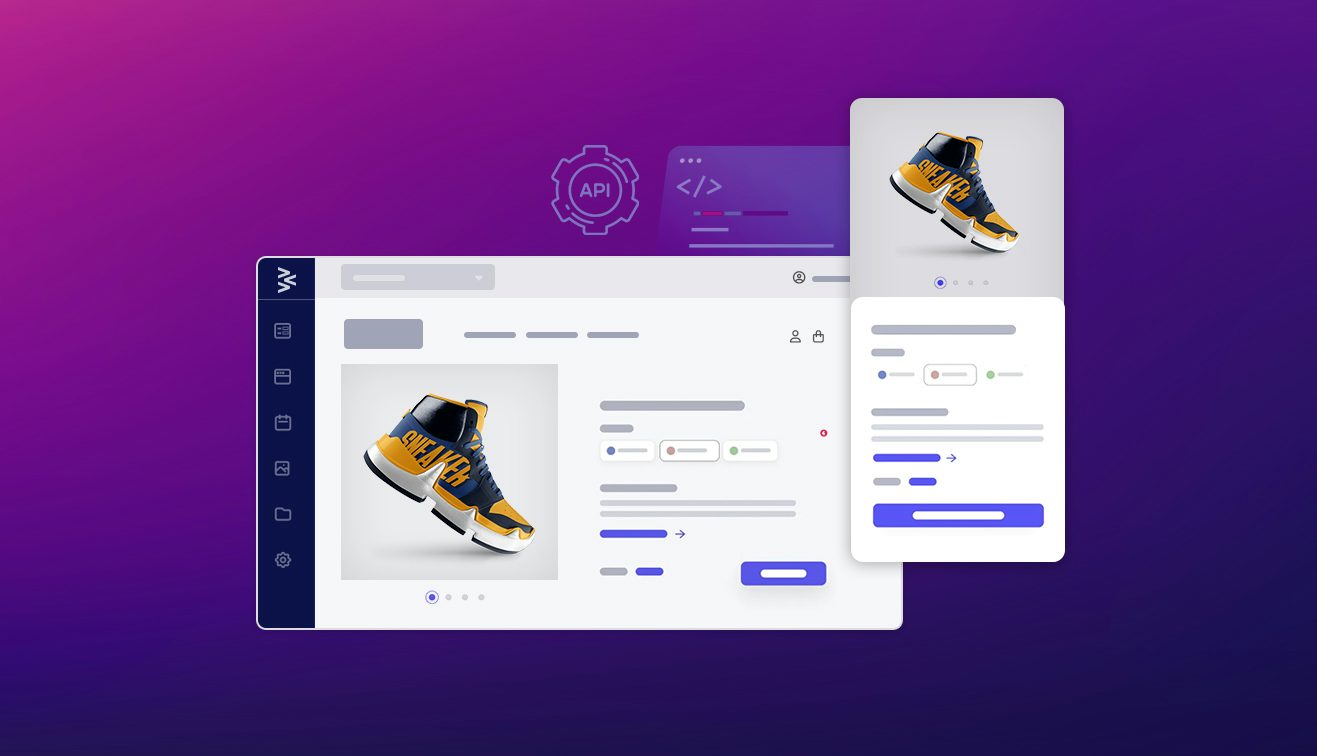

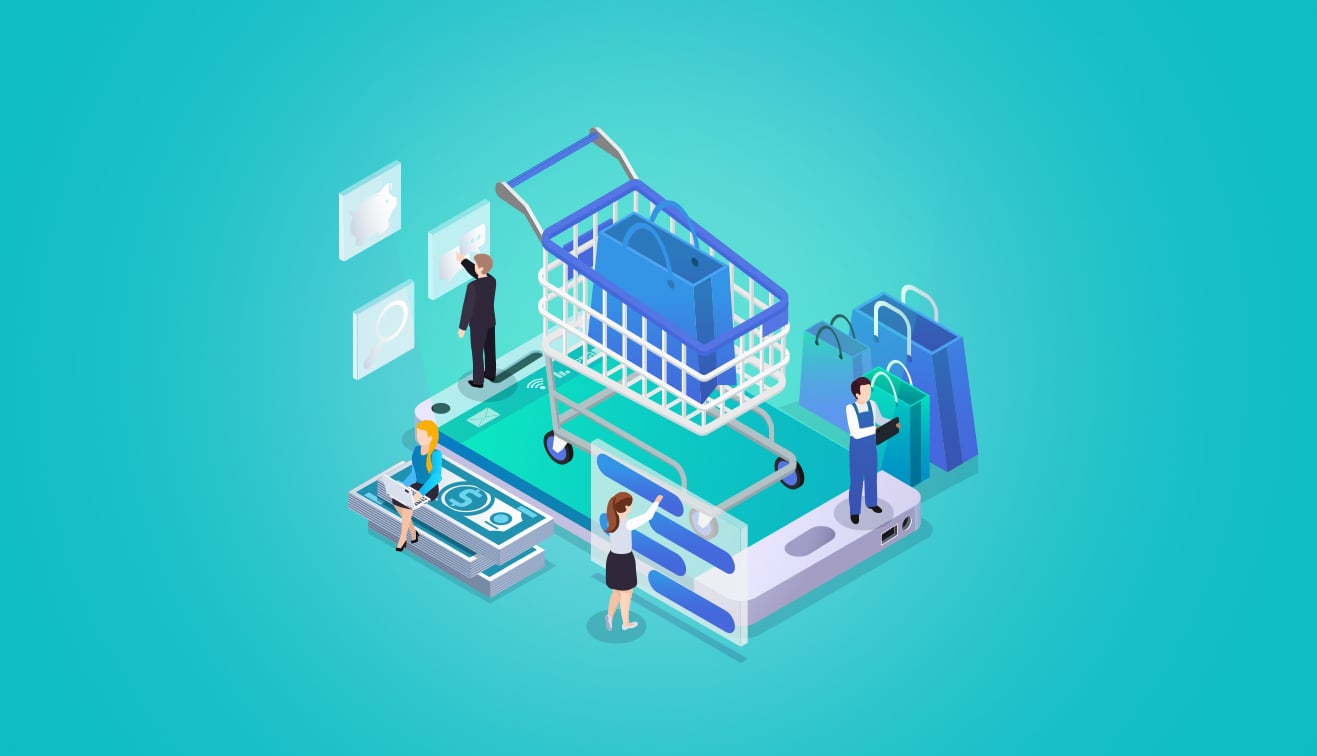
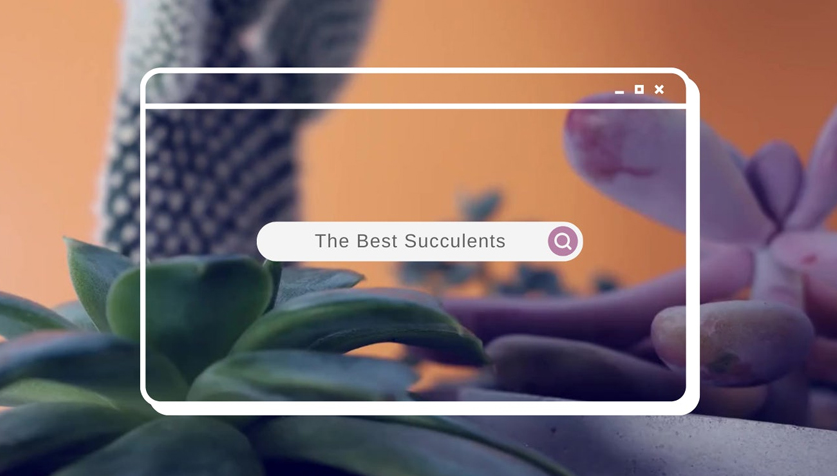
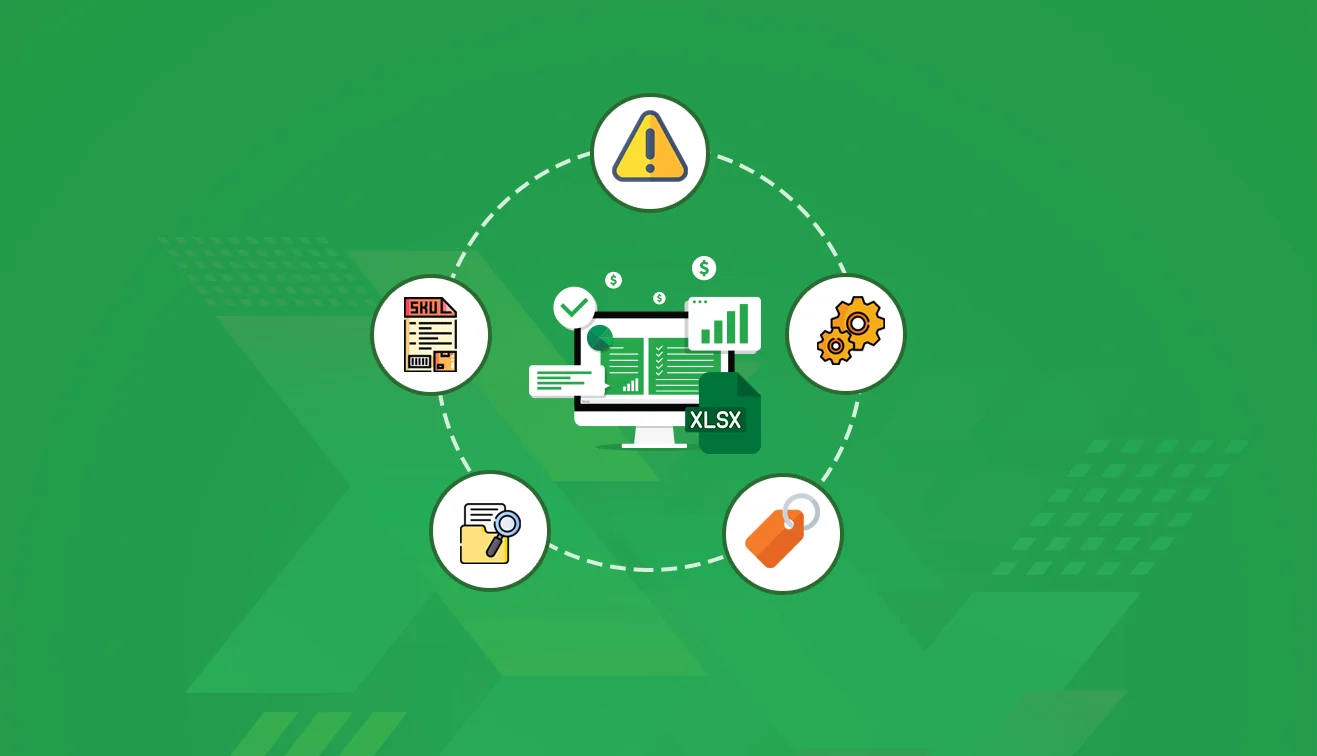

.jpg?w=3840&q=75)
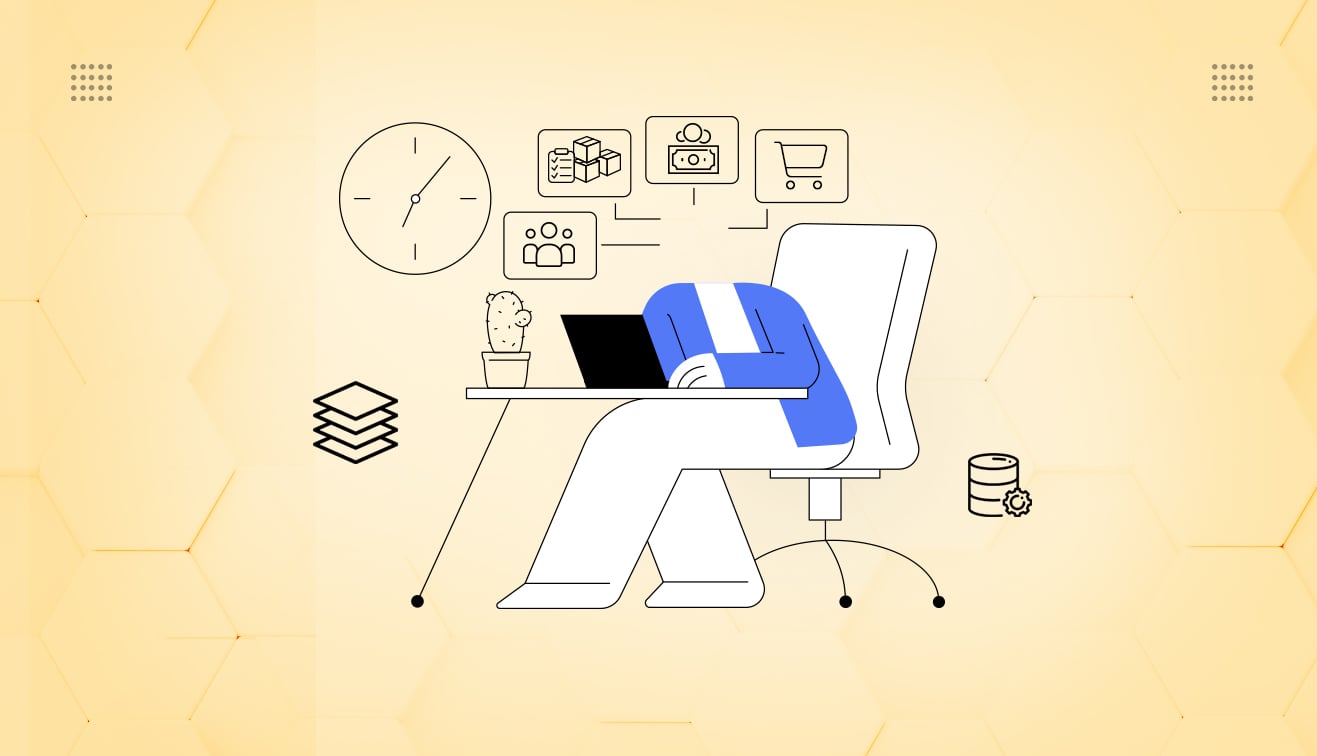

.png?w=3840&q=75)
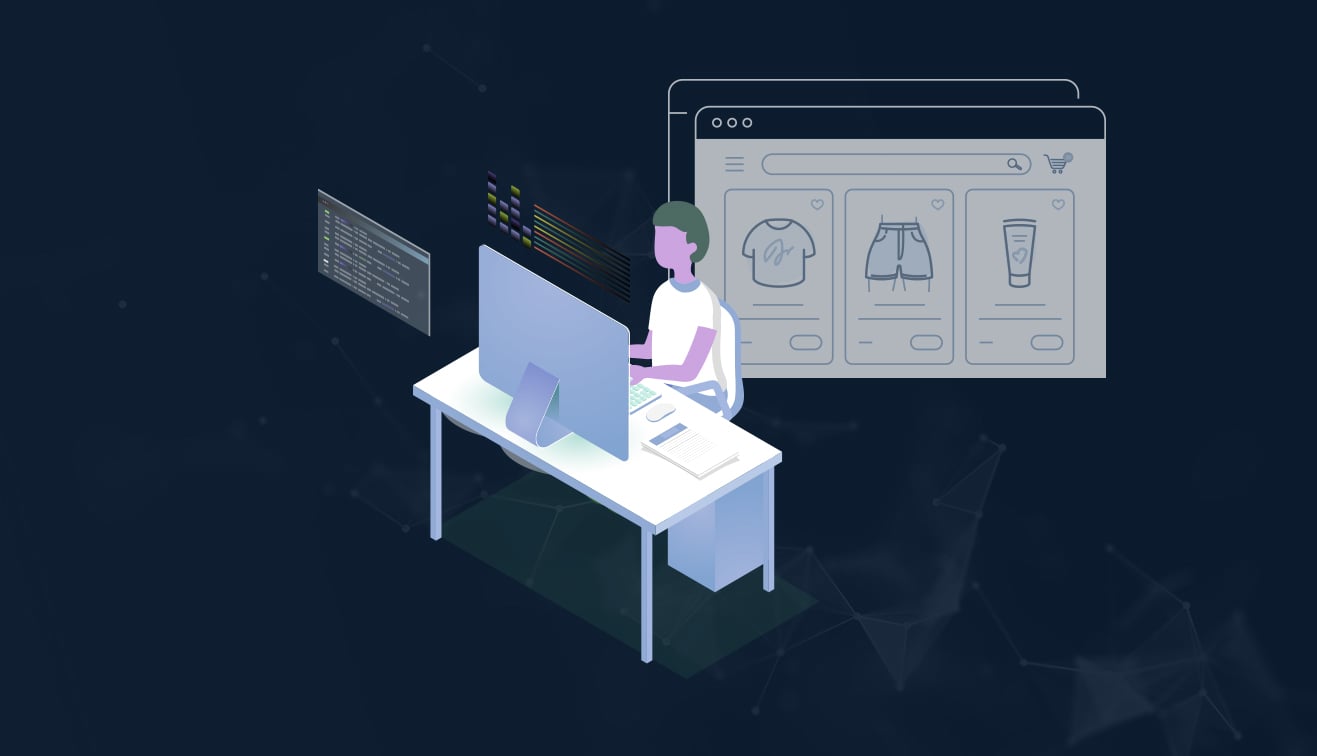
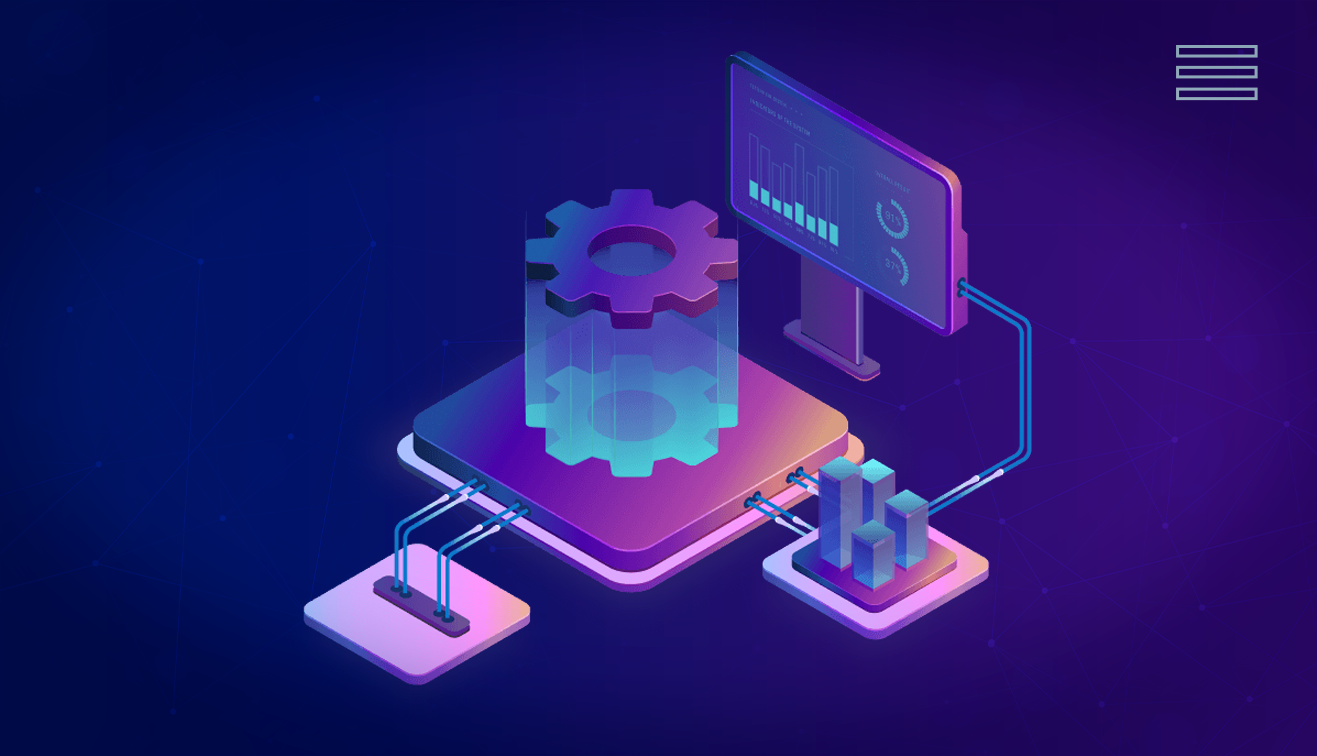

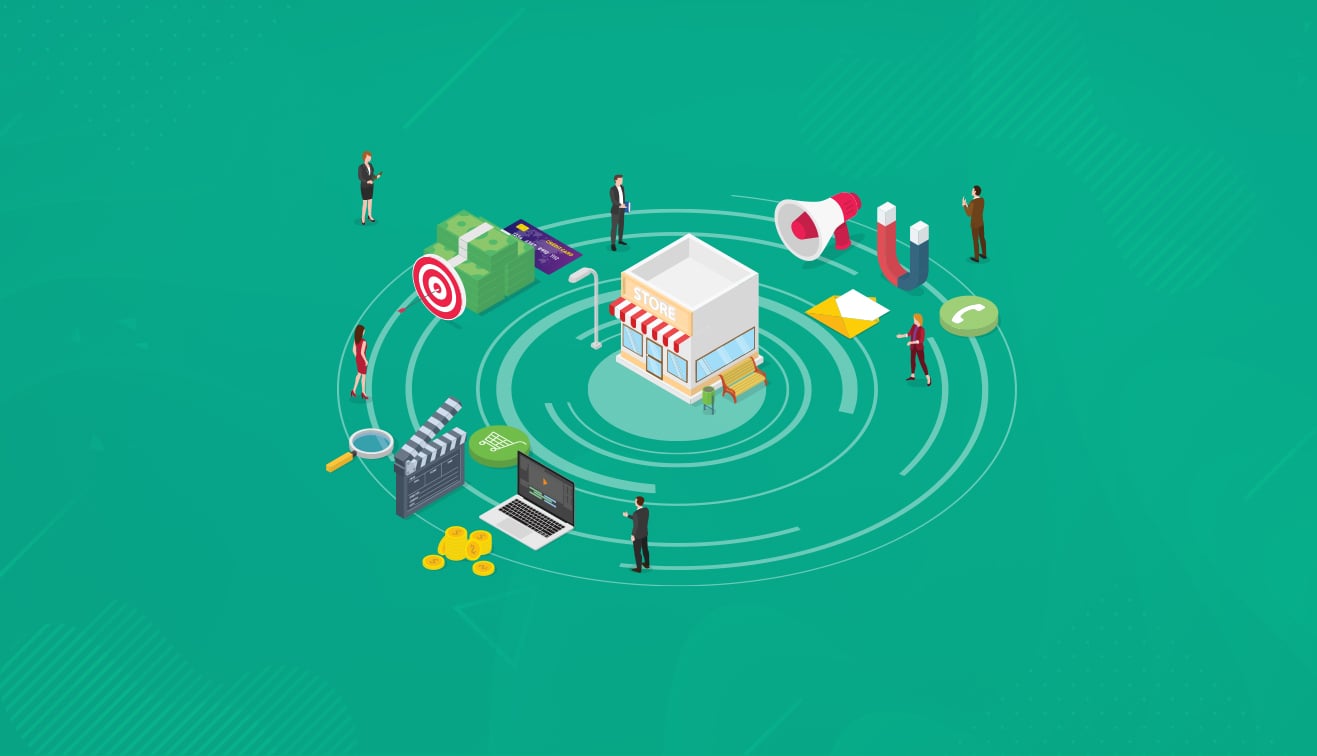
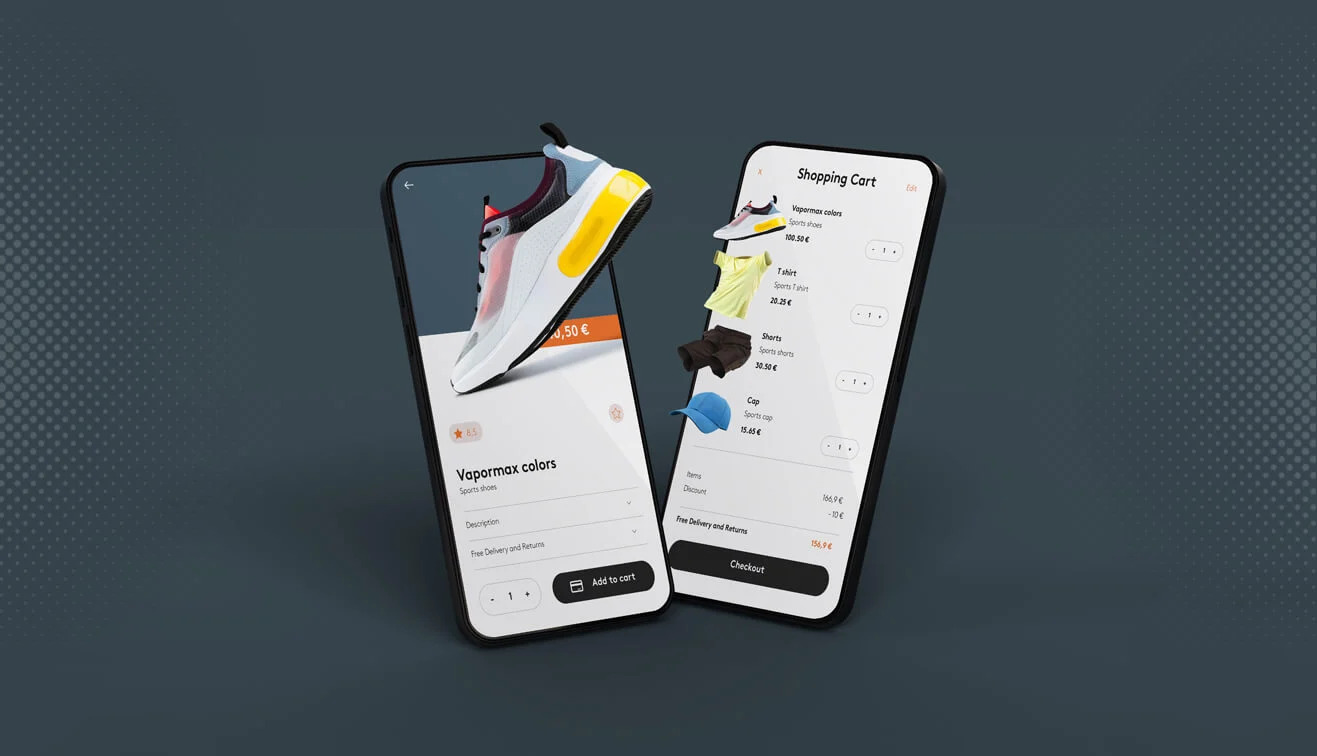

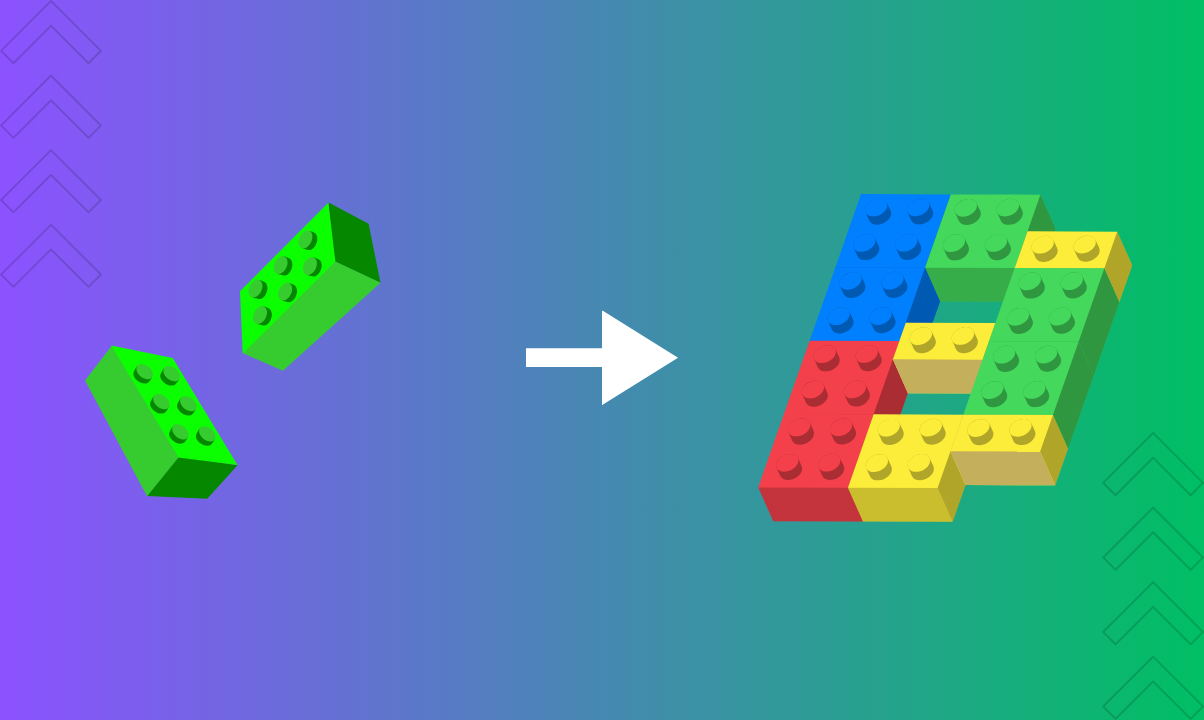

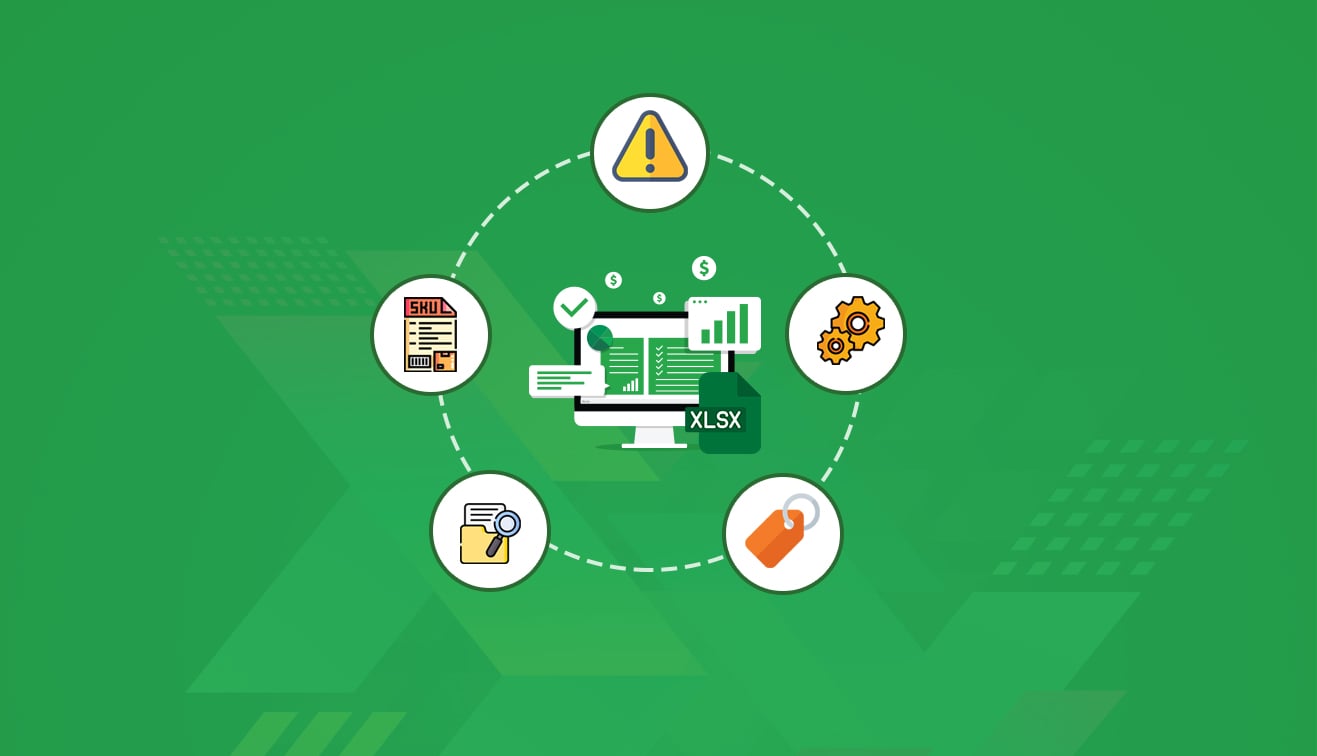
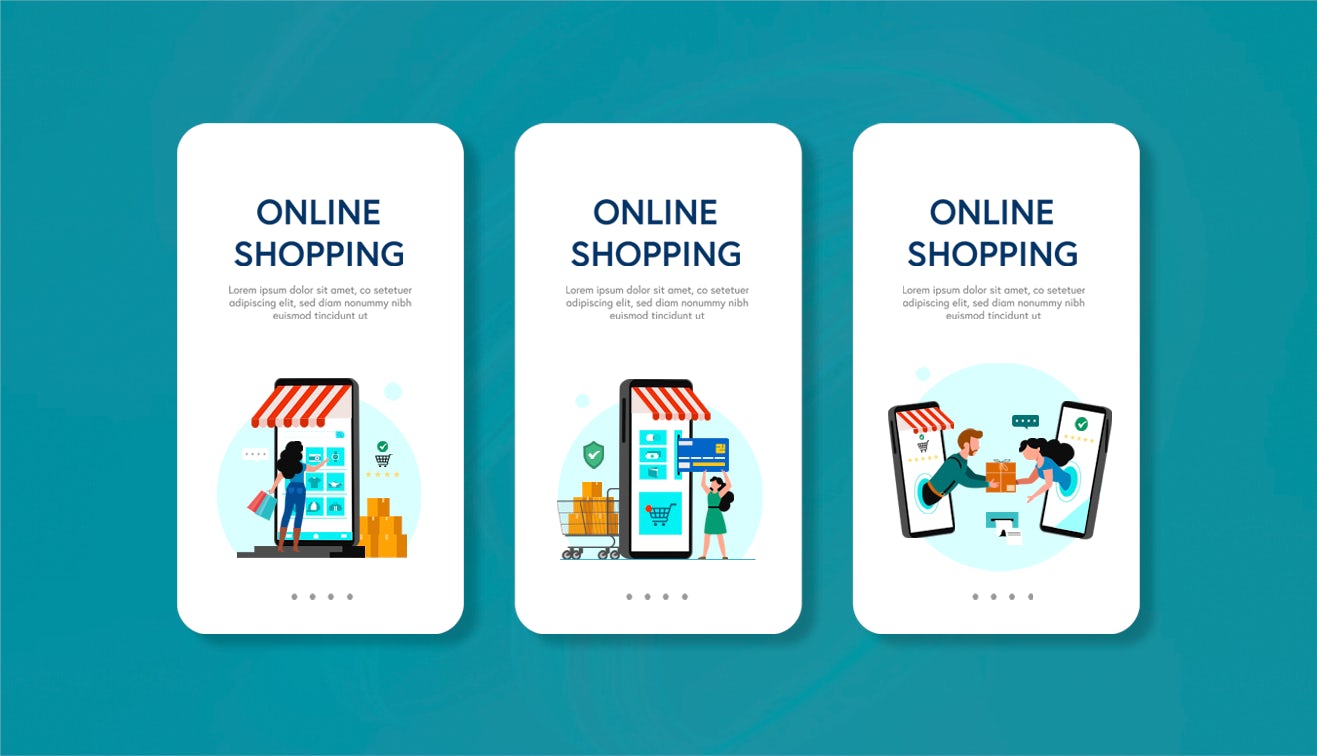
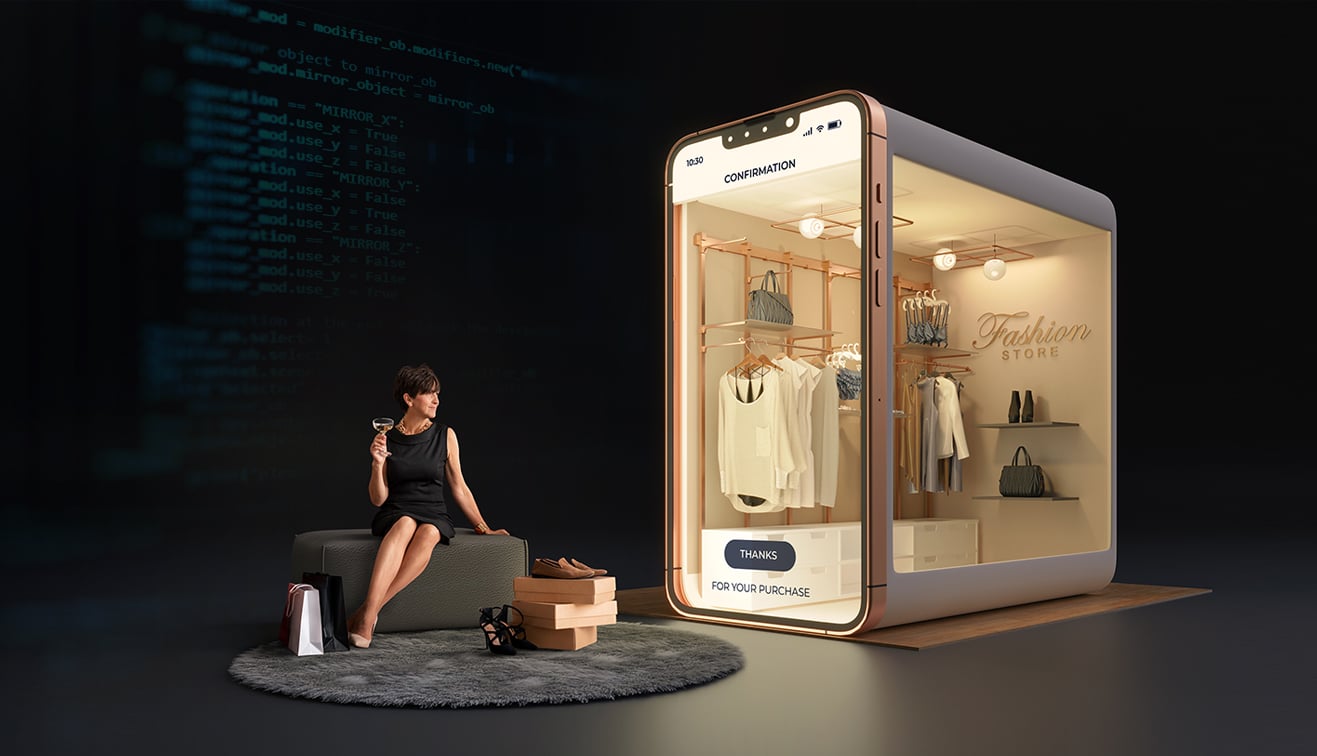
.jpg?w=3840&q=75)
